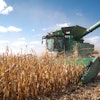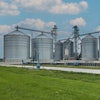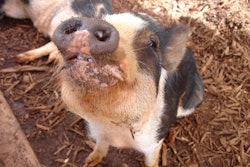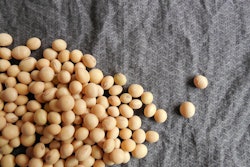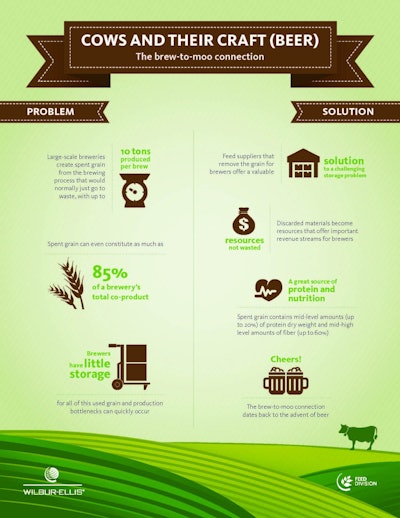
“brew-to-moo”连接,其中包括源头ing cattle feed from spent grain created after brewing beer, isn’t new – it actually dates back to the advent of beer. As the amount of spent grain resulting from production continues to increase, there is a growing need for a sustainable method of disposal as producers reassess the way they manage their co-products. Large-scale brewing can provide large quantities of spent grain, with up to 10 tons produced per brew and constituting as much as 85% of a brewery’s total co-product. Not surprisingly, this presents a potential problem for breweries as production bottlenecks can quickly occur without quick and expedient disposal of these products.
Since brewers have little storage for spent grain, there is an opportunity to address the challenging storage problem by partnering with feed marketers. Rather than become waste headed for the landfill, discarded materials become valuable resources that offer valuable nutrition to animals and also become important revenue streams for brewers. Increasingly, beer co-product is being used to feed animals because it is a great source of nutrition, containing up to 20% protein dry weight and up to 60% fiber.
As a leading agricultural marketer and distributor dedicated to environmental sustainability, Wilbur-Ellis helps various food processors identify alternative, sustainable solutions to manage their co-product waste. In addition to helping suppliers and customers find different market opportunities, the company also provides supply chain management support to ensure regulatory compliance and minimize risk in the process. The infographic above demonstrates one of the many ways Wilbur-Ellis helps suppliers make efficient use of our food supply by turning co-products into marketable animal feed ingredients.

